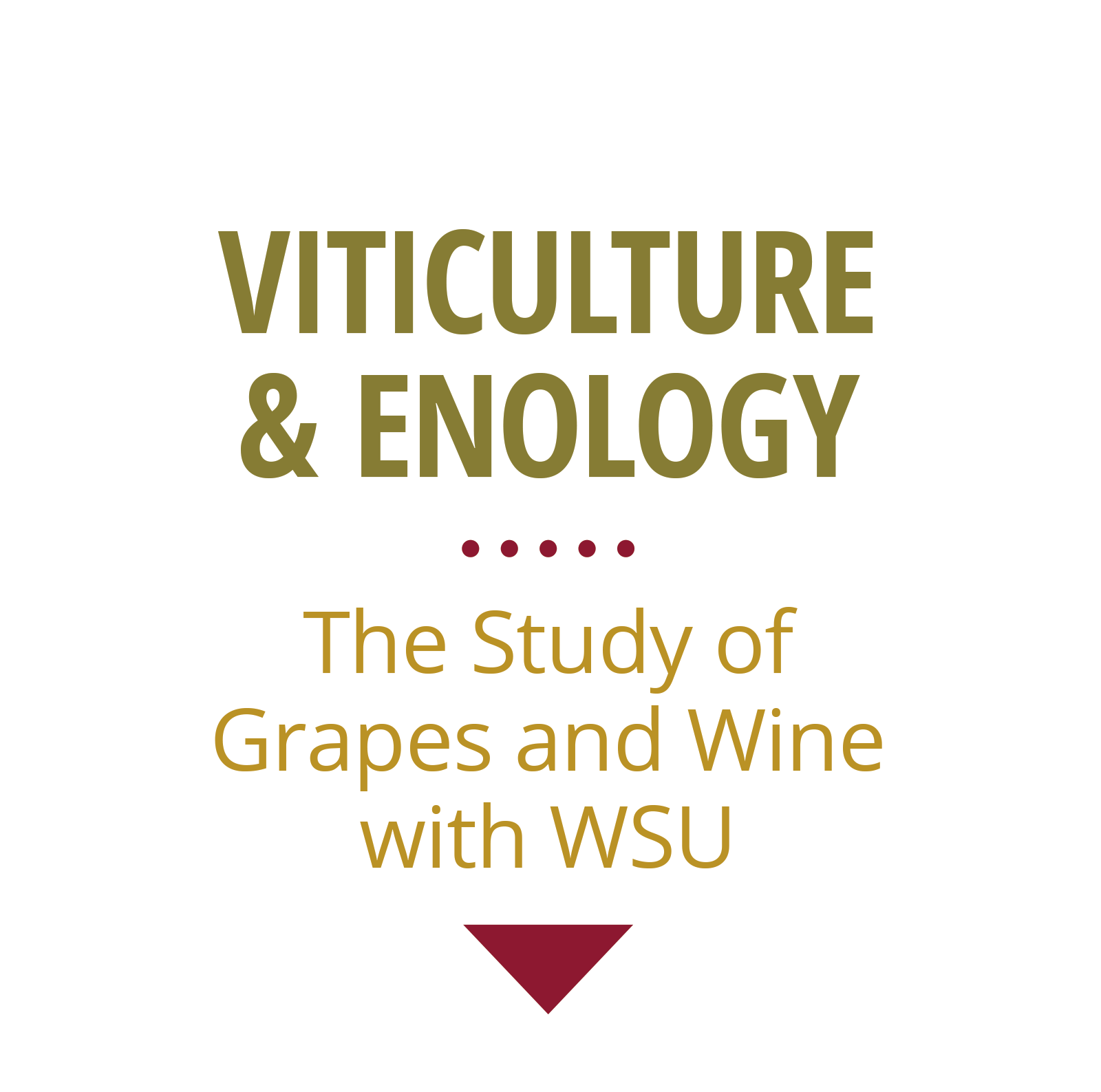With spring upon us, growers are readying their vineyards for the new season, anticipating both healthy crops and potential challenges. One perennial challenge grape growers face is grapevine powdery mildew, a formidable foe that can decimate crops if left unchecked, costing the industry hundreds of millions annually.
For decades, growers have relied on a suite of methods and tools to combat powdery mildew that ranges from cultural practices of opening canopies for increased air flow and sunlight, to applying affordable, effective fungicides.

While fungicide application has proven to be the most reliable and sustainable management control over grapevine powdery mildew, its effectiveness is being threatened as mildew adapts and resistance develops against certain classes of fungicides, leaving many growers in a potentially untenable situation.
Michelle Moyer, a WSU associate professor and Extension specialist, is leading a diverse and multi-disciplined team to better understand the challenge in order to give growers the knowledge and tools necessary for reducing the impact of fungicide resistant powdery mildew.
Titled, FRAME (Fungicide Resistance, Assessment, Mitigation, and Extension) Network, Moyer’s project is funded by a $4.75 million grant from the USDA’s Specialty Crop Research Initiative (SCRI) and is an expansion of work started in Washington, Oregon, and California on fungicide resistance. The fungicide resistance research in Washington was funded by Washington State University, Auction of Washington Wines and the Washington State Wine Commission.
Resistance, Moyer pointed out, is a naturally occurring phenomenon.
“Just like in human health, pathogens adapt and become resistant to the chemicals we use to control them. When that happens, the treatments growers have relied on for generations to prevent infection no longer work.”

When it comes to fighting mildew, however, not all fungicides are the same. Many of the older fungicides on the market are considered low risk when it comes to mildew resistance, but these products carry the undesirable consequence of affecting unintended targets such as beneficial insects. When fungicides become more target-specific, there is an increased risk of the mildew developing resistance to those treatments.
“With FRAME, however, we have a chance to tackle resistance before it becomes a larger problem,” Moyer said.
In Washington, Moyer first began noticing warning signs in 2016 when some spray programs for powdery mildew weren’t working. Such instances aren’t always a sign of genetic resistance, however.
“There are a lot of things that result in program failure such as bad sprayer calibration or poor timing,” she said. “We started seeing field-level failures where—technically, on paper—these spray programs should have worked, but did not.”
Occurrences of fungicide resistance started cropping up, Moyer said, in numerous locations throughout Oregon and Washington simultaneously. That’s when she wondered if the problem was larger than calibration or timing issues.
A particular mutation in a gene enabled the mildew to resist a class of fungicides known as FRAC 11.
“That’s the main disease-management product we use here during very critical windows in the growing season. It’s a very common fungicide in specialty crops,” Moyer said. “This finding spurred us to think about a larger project, incorporating more individuals.”
That’s when FRAME was born.
This spring marks the start of the first full growing season for the FRAME project, and Moyer’s team has a lot to do. In addition to conducting workshops across the region, they are looking toward a much broader audience with possible workshops in Ohio and Georgia.
“Because this is our first full growing season, our team over the whole country gets to standardize our protocols.” Their findings will also paint a clearer picture of fungicide resistance on a national scale.
By understanding how mildew spreads and develops resistance, FRAME will help the national grape industry balance economical, environmentally-friendly practices with their disease management goals.
“The end result,” Moyer said, “means more effective use of the tools we have for disease management, sustainable grape production, and ultimately, more affordable wine, table and raisin grapes for the consumer.”
Visit the FRAME Network website for more information on the project, its team members and their specialties.
MEDIA CONTACT: Michelle M. Moyer, associate professor, Dept. of Horticulture, statewide Extension specialist, 509-786-9234, michelle.moyer@wsu.edu.

